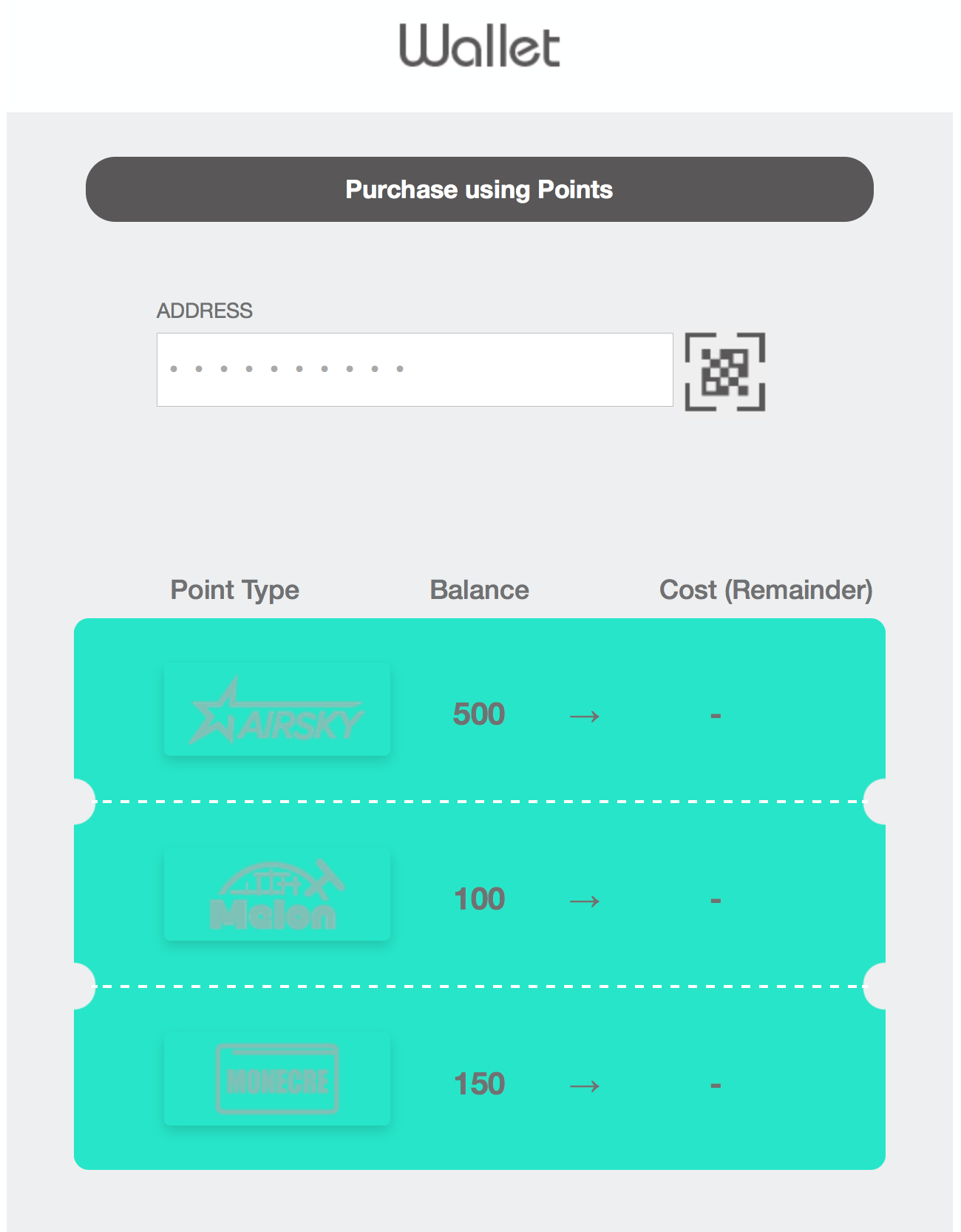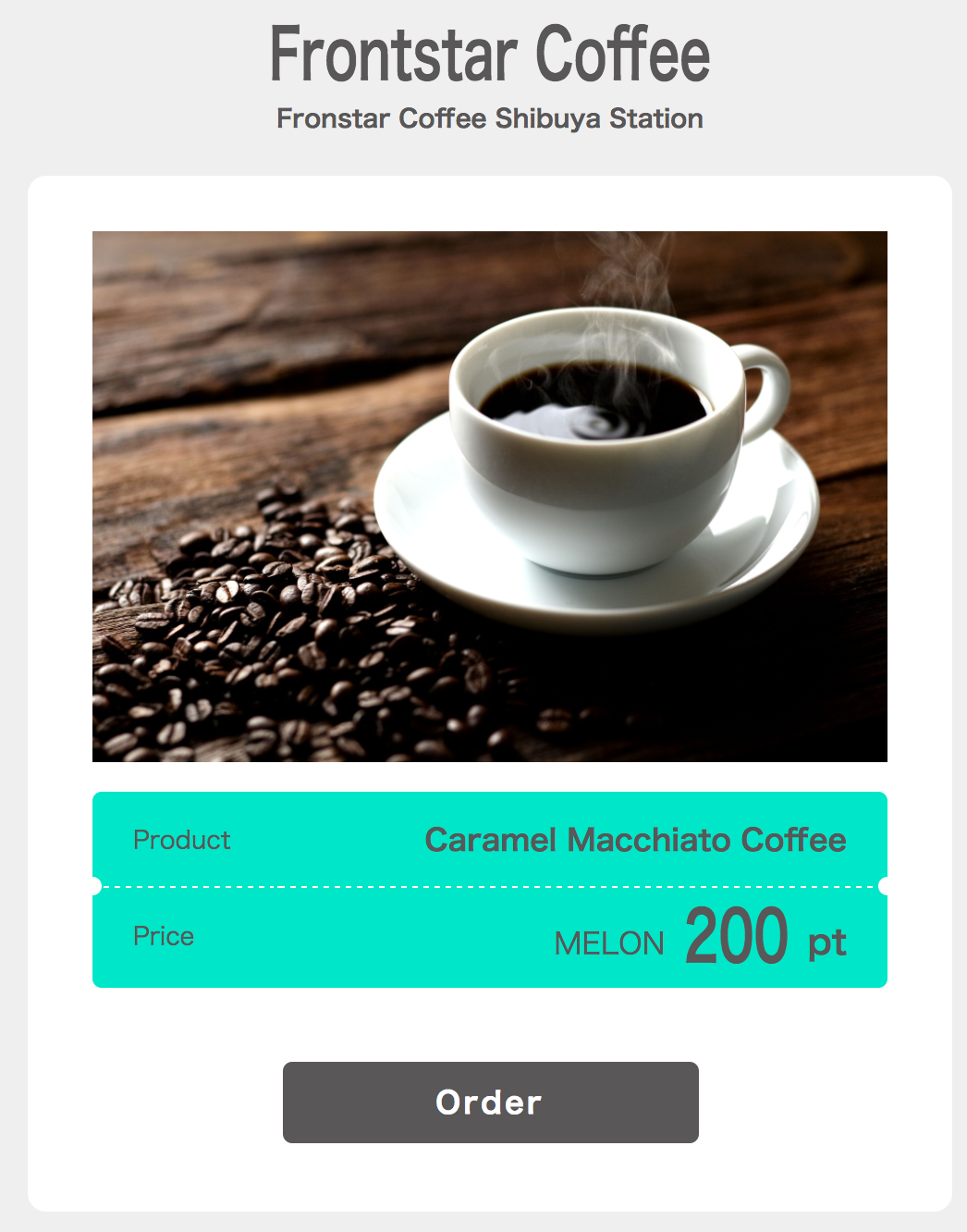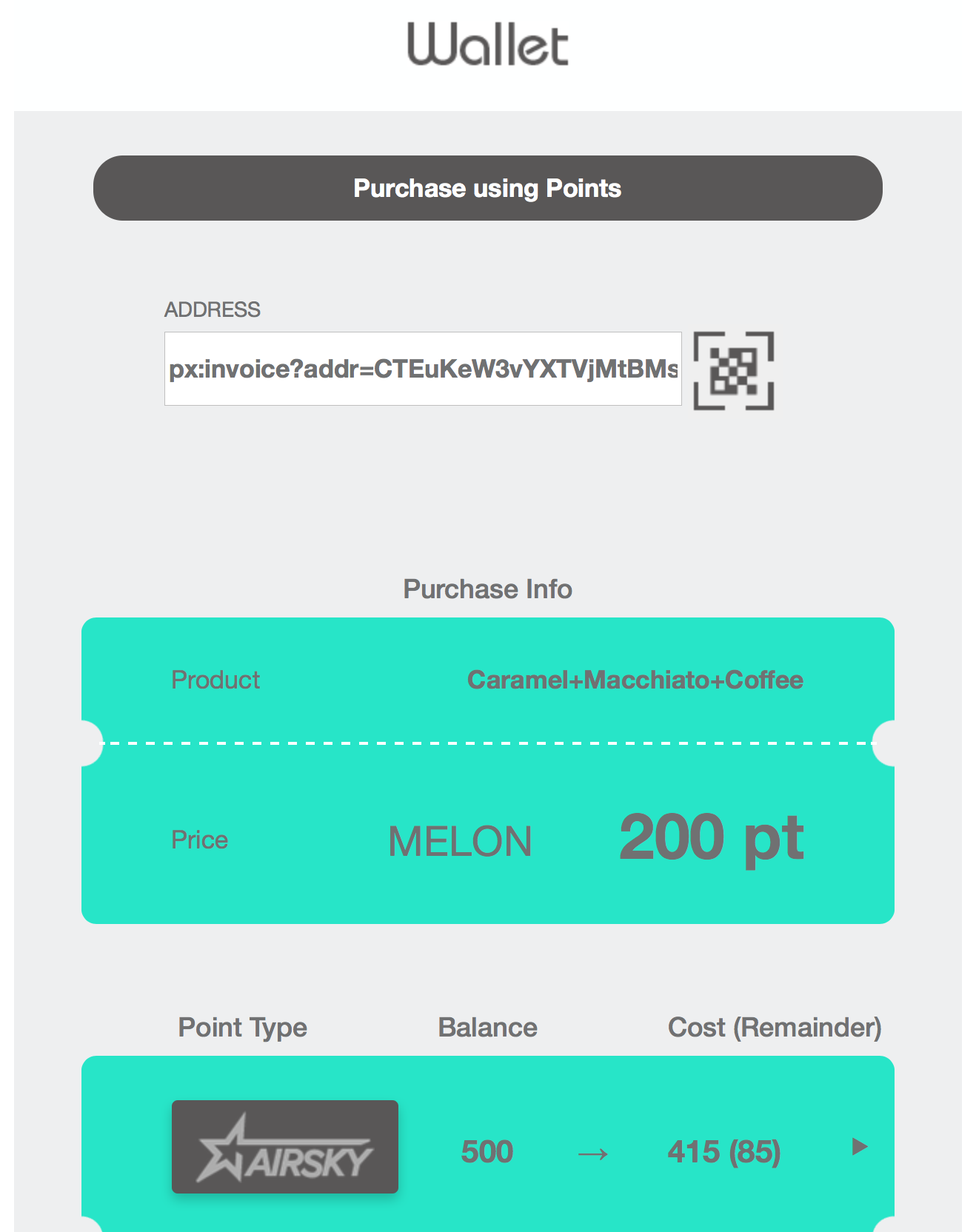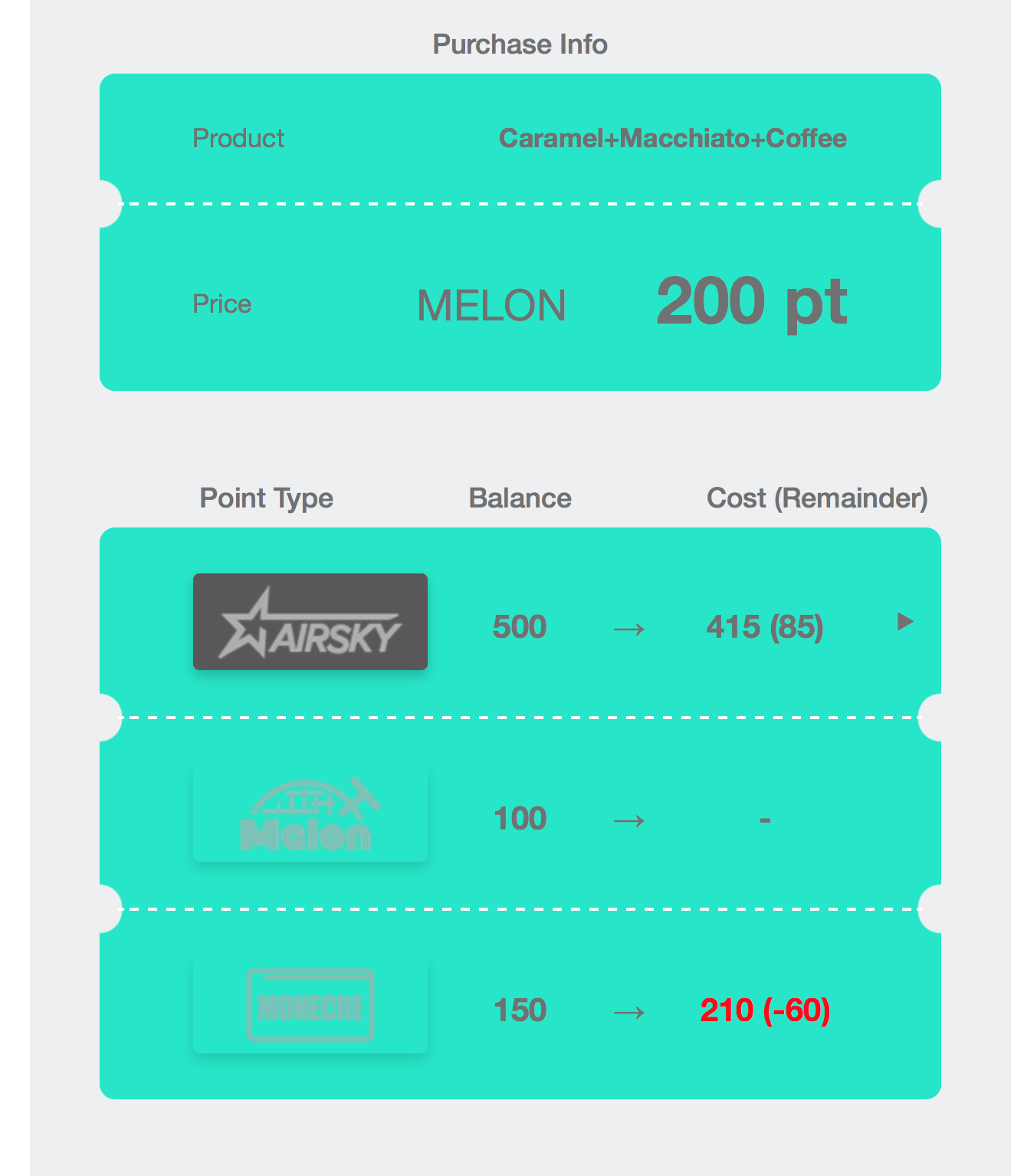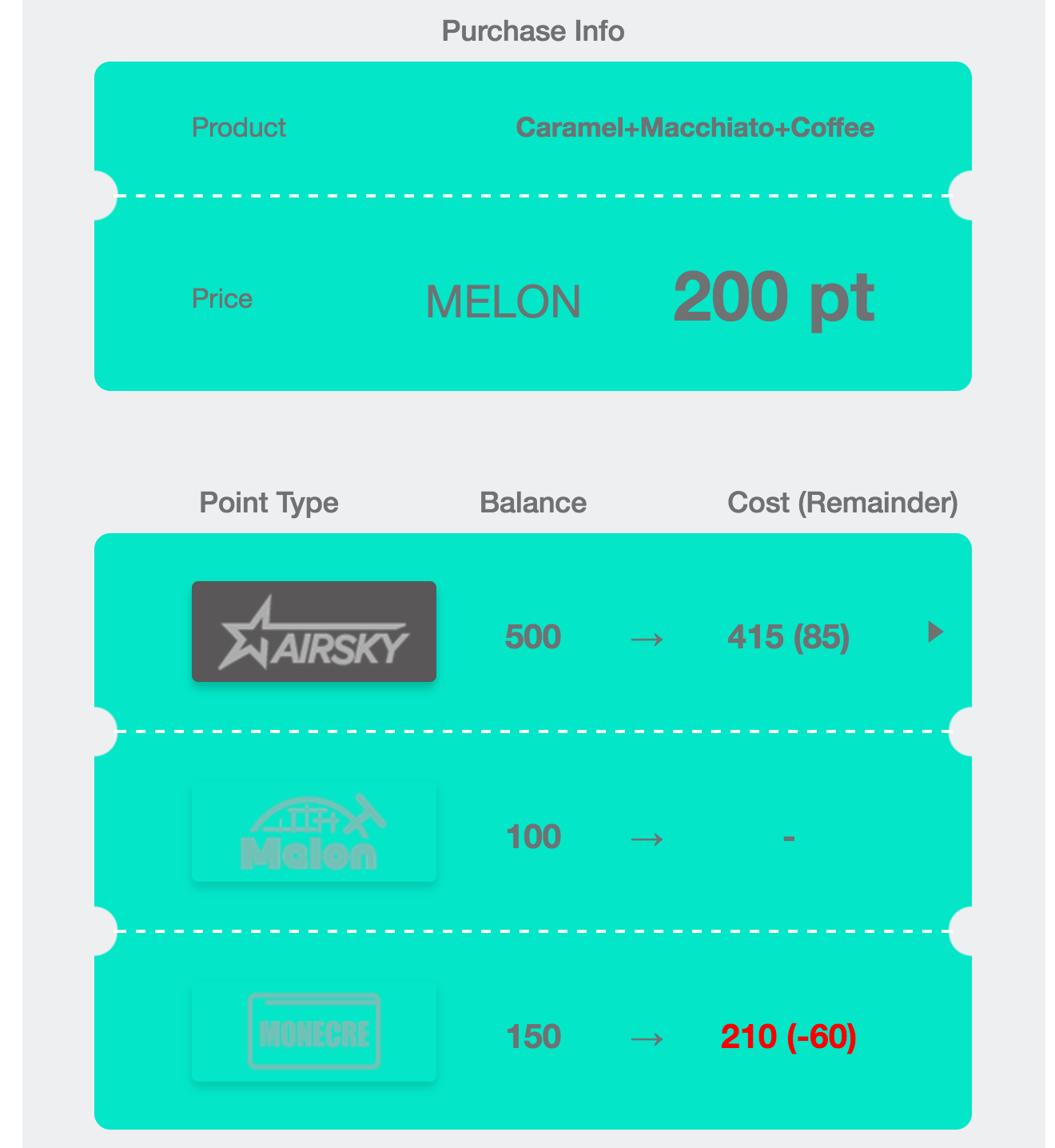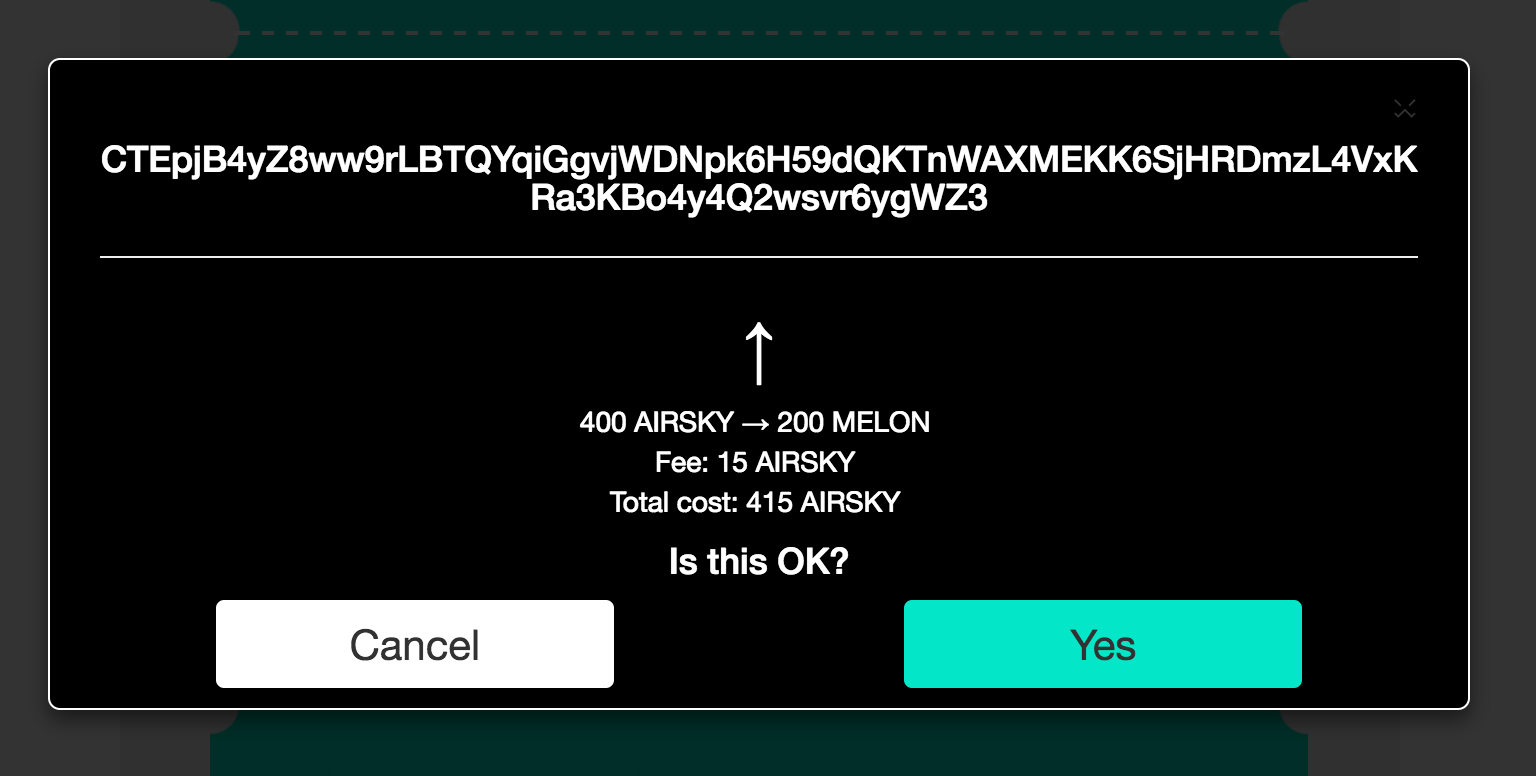Confidential Asset Demo
Introduction
The Confidential Transactions / Assets feature of Elements Core allows competing parties to interact within the same block chain without revealing crucial information to each other, such as how much of a given asset was transferred in a given period.
This is a simple demonstration showing a scenario where a coffee shop (Dave the merchant) charges a customer (Alice) for coffee using a given type of asset, which the customer does not presently hold. To facilitate the purchase, the customer makes use of a point exchange system (Charlie) to convert one of their other assets into the one Dave accepts.
Bob is a competitor trying to gather info about Dave's sales. Due to the CT/CA feature of Elements Core, the idea is that he will not see anything useful at all by processing transactions on the block chain.
Fred is completely uninteresting but necessary as he makes blocks on the block chain when transactions enter his mempool.
Prerequisites
The demo uses the following libraries/tools:
Installation (Go and jq):
- (linux) using apt as
golang-1.7andjq - (macOS) using brew as
golangandjq
Installation and set up
The demo is written in Go with some HTML/JS components for UI related stuff.
The demo must be built. This can be done using the build.sh script.
There are five nodes, one for each party mentioned above, as well as several assets that must be
generated and given to the appropriate party before the demo will function. This can be automated using
the start_demo.sh script. For this to work, you must have elementsd, elements-tx, and elements-cli
in the path. E.g. by doing export PATH=$PATH:/home/me/workspace/elements/src or alternatively by doing
make install from elements/src beforehand.
start_demo.sh essentially does the following:
- Sets up 5 Elements Core nodes and connects them to each other.
- Generates the appropriate assets.
- Sends assets to the appropriate parties.
- Starts up the appropriate demo-specific daemons.
After this, open two pages in a web browser:
- http://127.0.0.1:8000/ (the customer Alice's UI)
- http://127.0.0.1:8030/order.html (the merchant Dave's order page)
- http://127.0.0.1:8030/list.html (the merchant Dave's admin page)
The idea is that Dave presents Alice with his UI, and Alice uses her UI (some app) to perform the exchange.
